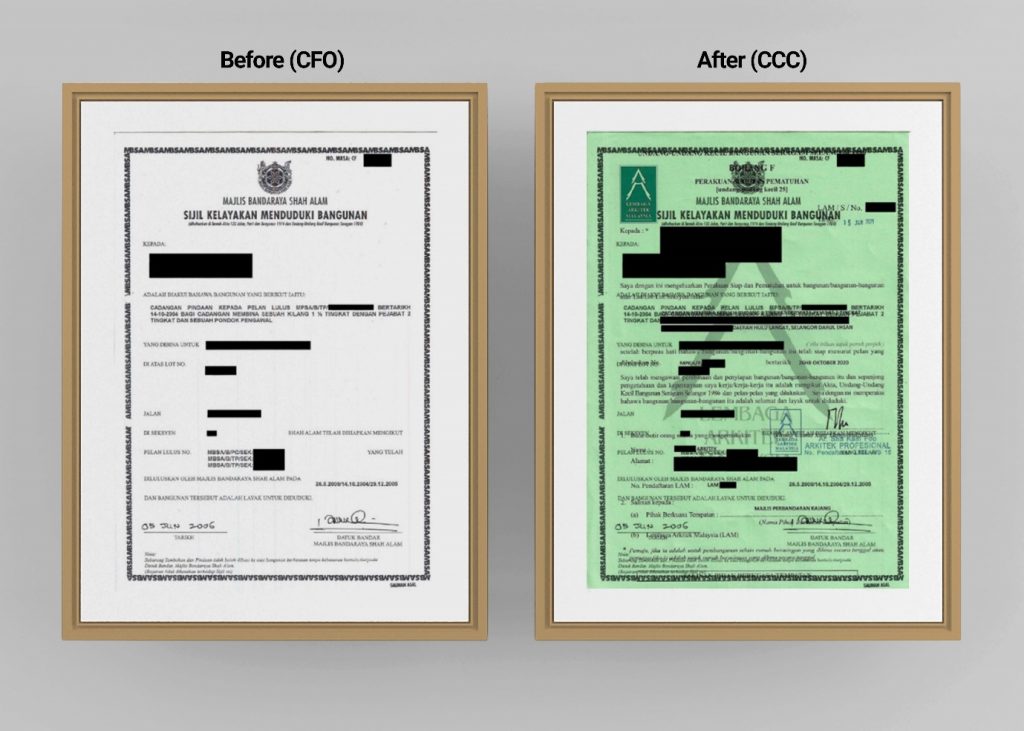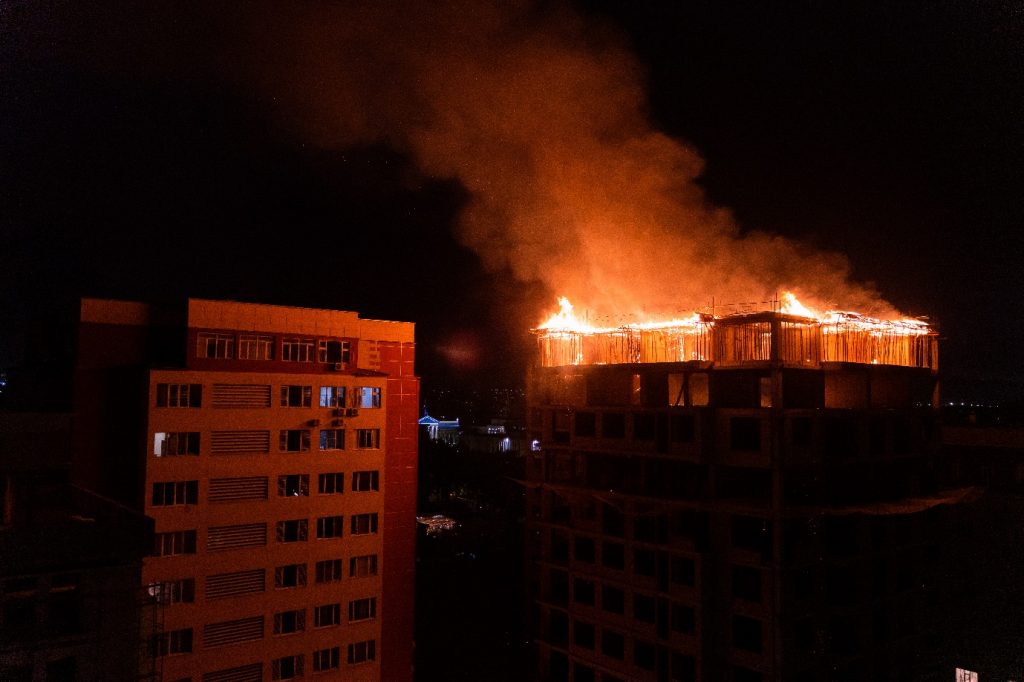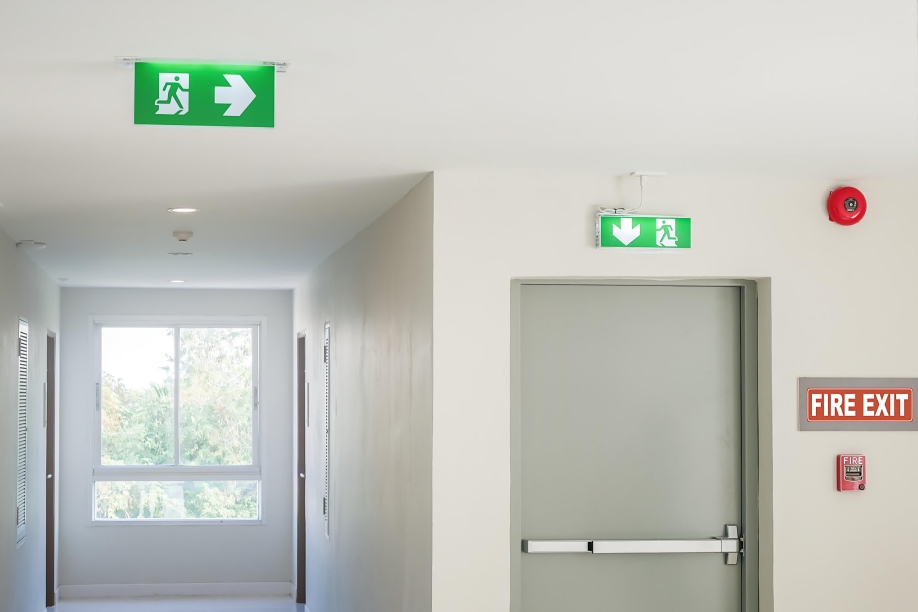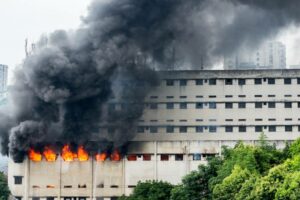Are you sure of your building’s safety? If yes, what is CCC, and what is its importance in ensuring your building is complete and safe for occupation? Simply put, the Certificate of Completion and Compliance (CCC) is a written document necessary to certify that your building complies with local building codes and national standards.
Interested to know more about this specific building certification? Without further ado, let’s discuss this significant document by first understanding the fundamentals of CCC.
What is CCC?
The Certificate of Completion and Compliance (CCC), or ‘Perakuan Siap Dan Pematuhan’, is a document (Form F) that provides approval of Building Plans from the Local Authority. It enables you to occupy your building without compromising safety. It is a mandatory requirement for all buildings as it ensures your building’s structure and overall build have followed all regulatory regulations, proving your building is well-constructed, fit for occupation, and can be legally operated.
At its core, this is an evaluation by industry experts, offering a thorough assessment of your building’s integrity.’ The factors examined include but are not limited to:
- Fire safety
- Foundations
- Plumbing
- Earthworks
- Drainage
- Telecommunication
- Internal Electrical
The Street, Drainage and Building Act 1974 (Act 133) mandates the CCC to ensure enhanced protection for building owners. More importantly, having a CCC guarantees that your building adheres to the highest standards, giving you peace of mind. Additionally, the CCC also enables you to seamlessly seek legal help if there are any signs of negligence or defects.
Read More: Here’s What to Expect for Fire Certificate Application and Renewal
What’s The Difference Between CCC and CFO?

Previously known as the Certificate of Fitness for Occupation (CFO), the name changed to CCC in April 2007. This shift aimed to optimize Malaysia’s building control system and streamline building processes overall.
This revision provides a more effective system as it addresses problems that commonly arise during the CFO application process. For instance, delay in certification by technical agencies, non-compliance for Form E submission, additional conditions imposed by the Local Authorities during CFO application, and insufficient technical officers.
Furthermore, this move also minimises red tape bureaucracy and increases efficiency. In contrast to the CFO, the CCC encourages self-regulation by professionals (registered individuals or teams) or the Principal Submitting Person (PSP) rather than Local Authorities.
Who is the PSP?

According to the Street, Drainage and Building (Amendment) Act 2007, PSP refers to a qualified person who submits building plans to the Local Authority for approval. The PSP comprises a group of experts who can be Professional Architects, Professional Engineers, or Registered Building Draughtsmen.
The PSP will check if the building has duly met all technical conditions imposed by the Local Authorities and agencies, such as Jabatan Bomba dan Penyelamat Malaysia (JBPM), Tenaga Nasional Berhad (TNB), Telekom Malaysia, and more.
Their main duties and responsibilities are:
- Submit building plans to the Local Authorities for approval
- Report any breach or issues to the Local Authorities
- The building must align with the approved designs
- Supervise and monitor the building’s construction and completion processes
- Any breaches must undergo corrective work
- Assure that the structure is safe for occupation
For your information, there is also another terminology, SP, which stands for submitting person. Similar to the PSP, an SP is a qualified person who has a set of duties and responsibilities. Having said that, an SP submits plans other than building plans.
Meanwhile, Local Authorities still retain the most authority in the CCC process, as they have the right to approve planning permissions and building plans. Furthermore, they can perform random checks or assessments on your building process and withhold the issuing of the CCC.
Section 17 of Act 133 specifies:
Notwithstanding paragraph (2) by-law 16, the local authority may examine and, in so doing, may reject any structural plans or calculations which are not in accordance with these By-laws and if it rejects such plans or calculations it may require such submitting person to resubmit new structural plans or calculations in respect of the rejected portions.
The table below details the major differences between the CCC and the CFO:
| CFO | CCC |
| Issued by Local Authorities (PBT) | Issued by Principal Submitting Person (PSP), who can be a Professional Architect, Professional Engineer, or Registered Building Draughtsman who submits building plans. |
| Deals with both technical and non-technical issues | Only deals with technical issues |
| Form E submission | Form F submission |
| Vacant possession not transferred together with the issuance of CFO | Vacant possessions transferred together with the issuance of CCC |
The CCC Issuing Process
According to the Uniform Building By-Laws 1984 (Amendment 2021), the PSP may issue the CCC through Form F submission as long as the following requirements are completed:
- When all the technical conditions as imposed by the local authority have been duly complied with;
- When Form G1 to G21 in respect of certifications as set out in the Second Schedule have been duly certified and received by PSP; (see the table below)
| Forms | Certification | Contractor | Trade Contract | Professional |
| G1 | Earthworks | / | (SP) | |
| G2 | Setting Out | / | / (Licensed Land Surveyor) | (PSP) |
| G3 | Foundations | / | (SP) | |
| G4 | Structural | / | (SP) | |
| G5 | Internal Water Plumbing | / (Licensed Plumber) | (SP) | |
| G6 | Internal Sanitary Plumbing | / (Licensed Plumber) | (SP) | |
| G7 | Internal Electrical | / (Competent Person) | (SP) | |
| G8 | Fire Safety Installation Requirement (Architectural) | / | (PSP) | |
| G9 | Fire Alarm System and Fire Extinguishment System (Mechanical and Electrical) | / | (SP) | |
| G10 | Mechanical Ventilation | / | (SP) | |
| G11 | Lift/Escalator Installation | / | (SP) | |
| G12 | Building | / | (PSP) | |
| G13 | External Water Supply System | / | (SP) | |
| G14 | Sewerage Reticulation | / | (SP) | |
| G15 | Sewerage Treatment Plant | / | (SP) | |
| G16 | External Electricity Supply System | / (Competent Person) | (SP) | |
| G17 | Road and Drain | / | (SP) | |
| G18 | Street Lighting | / (Competent Person) | (SP) | |
| G19 | External Main Drain | / | (SP) | |
| G20 | Communication | / (Proficient Person) | (SP) | |
| G21 | Landscape | / | (Architect/Landscape Architect) |
- All essential services must be provided. This includes an access road, landscape, car park, and drain. Other necessities are sanitary, water, electricity, and communication installations. The fire hydrant, sewerage, refuse disposal, and fire lift are also mandatory where needed.
- The PSP must certify with Form F. He should confirm that he supervised the building’s erection and completion. He must also believe it aligns with the Act, these By-Laws, and the approved plans.
Read More: Active Fire Protection vs Passive Fire Protection: What Are Their Differences
Offences Related to the CCC
The Uniform Building By-Laws 1984 (Amendment 2021) Part 2 Section 28 states the PSP shall be guilty of an offence if he fails to deposit a copy of the Certificate of Completion and Compliance or Partial Certificate of Completion and Compliance as the case may be, and Forms G1 and G21 within fourteen days of its issuance with the local authority and the Board of Architects Malaysia or the Board of Engineers Malaysia.
If the PSP or SP fails to address building flaws or non-compliance with these By-Laws, they commit an offence.
Partial Certificate of Completion and Compliance

The PSP may issue a Partial Certificate of Completion and Compliance (Partial CCC) in Form F1. This is specifically for construction projects that require any part(s) of the development to be completed ahead of the rest. For instance, a shopping mall with commercial towers.
Building plans submitted to the local government must clearly mark the sections of the structure set for completion. Form F1 is then issued with respect to the part(s) that have been approved.
After approving the original building plans as a whole, the developer might choose to develop the building in sections without indicating partial completion. This, however, requires written permission to complete the development in section(s).
Here, the local authority has the right to impose additional requirements. This includes demanding additional protection for the section(s) concerned, establishing requirements concerning common infrastructure, and more. Form F will be issued for the whole building once all the parts are completed.
Developments with distinct separate buildings don’t fall under the design of the Partial CCC. It doesn’t cater to terrace houses built in phases. On January 19, 2021, the Federal Court made a ruling. It declared the CCC as the sole certification under housing legislation. This refers to the Housing Development (Control & Licensing) Act, 1966 (HDA) and its regulations.
How the CCC Ensures Your Building’s Fire Safety

As stated earlier, the PSP will issue the CCC only after your building meets the specific requirements. As such, the JBPM will first check your premise and make sure that there is an appropriate and adequate fire detection system and fire system installation to deliver utmost protection.
During the inspection, they will check if your building complies with the right fire safety design and has proper sprinklers, fire extinguishers, fire alarms, and more. Lastly, they will also assess if there are any missing or inadequate safety measures. After all, it’s always better to be safe than sorry!
Streamline Your Application Process with Palcon
We provide professional assistance to help you with your certification process. Combining skilled personnel with years of industry experience, we take care of the approval of your Certificate of Completion and Compliance, so you can focus on what matters most — your business. While you’re here, feel free to check out our other reliable fire safety services.









